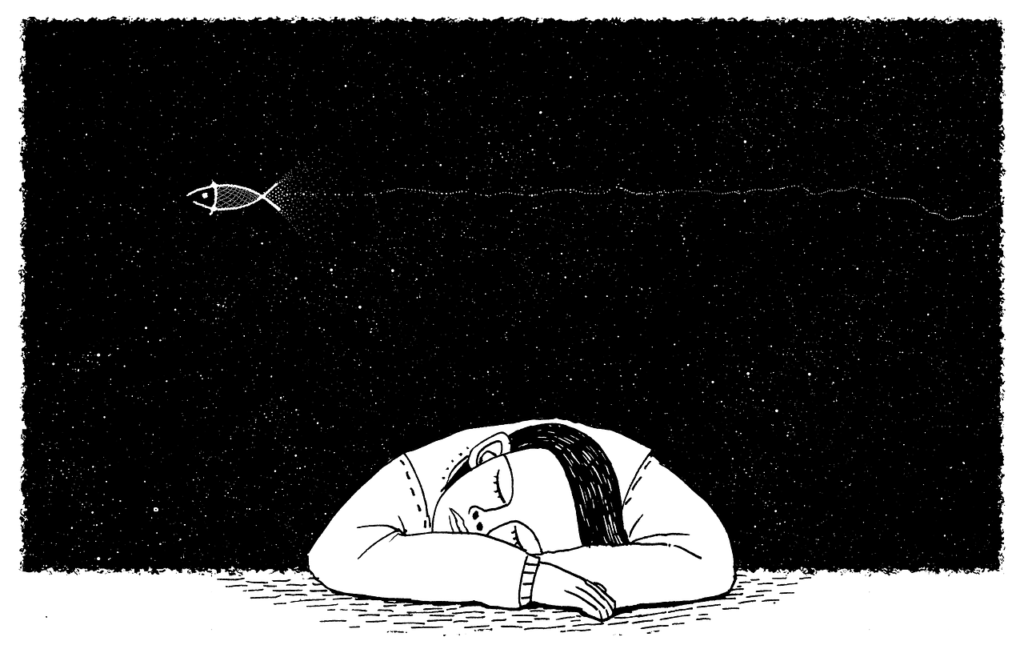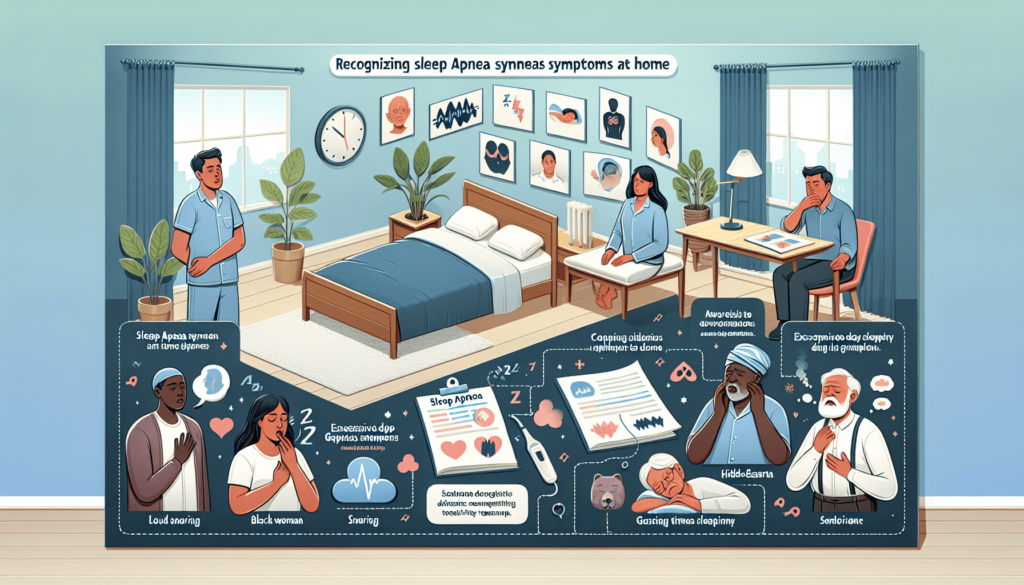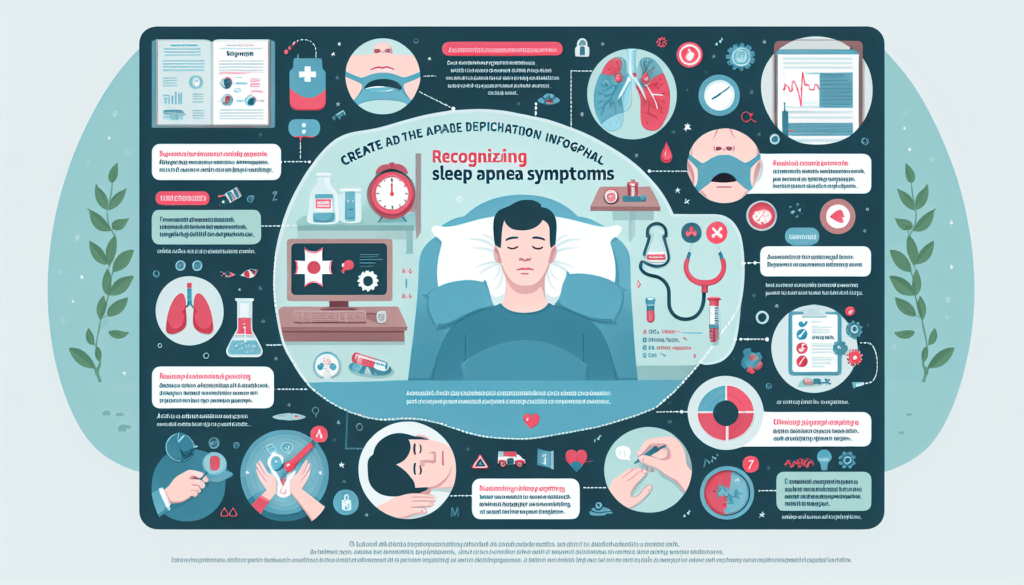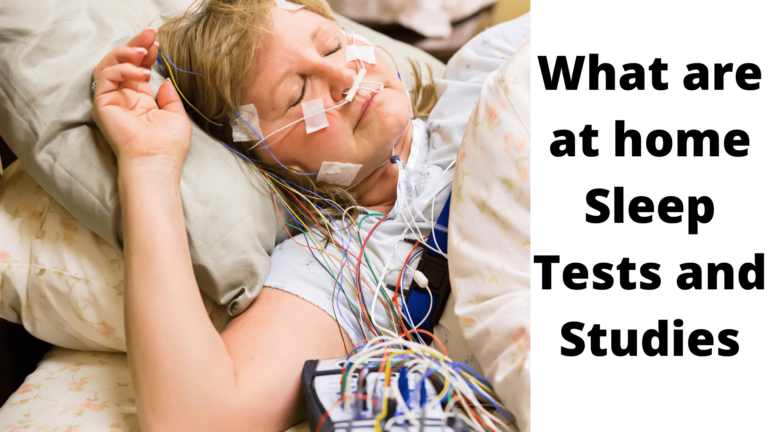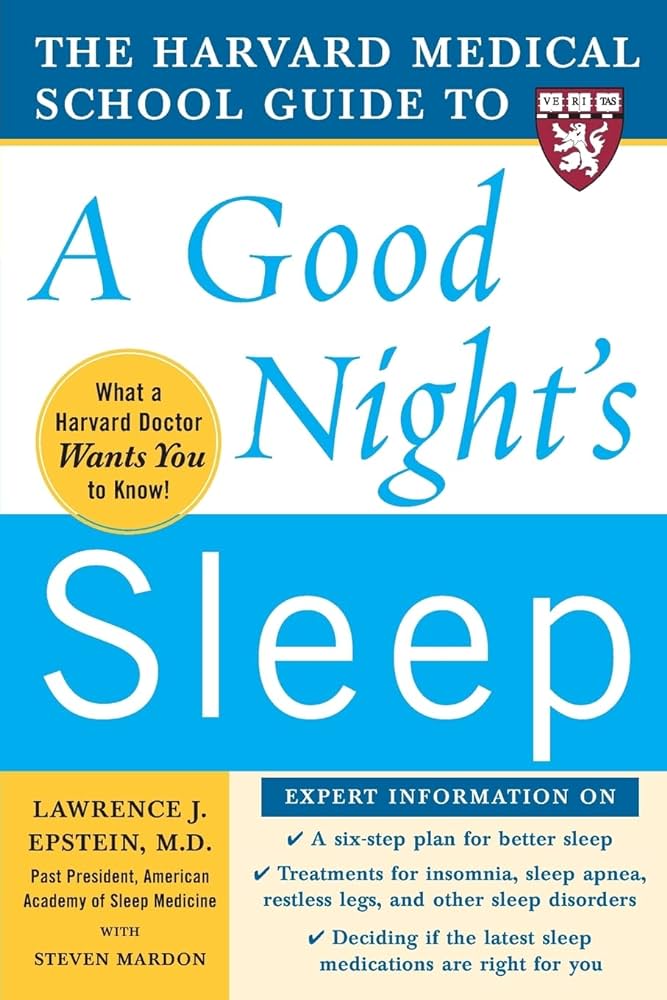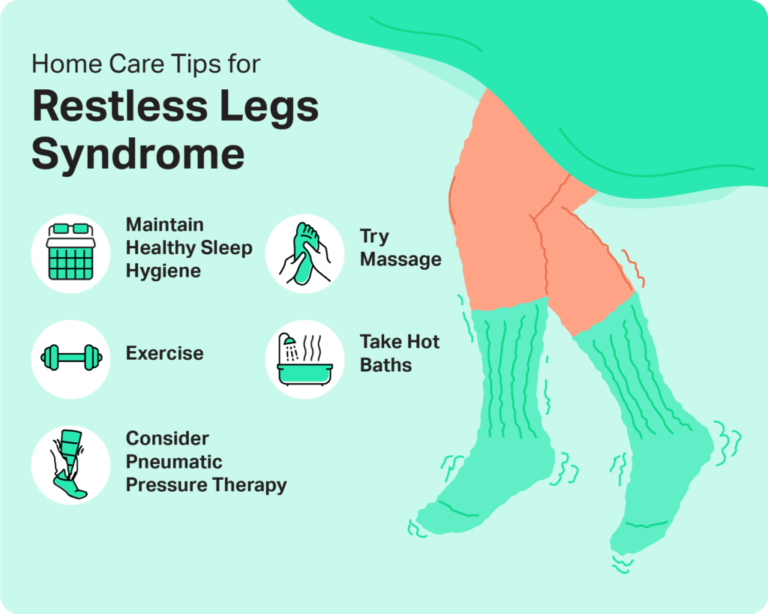Effective Home Diagnosis: Identifying Sleep Apnea Symptoms for Effective Treatment

Are you struggling to get a good night’s sleep? Do you often wake up feeling tired and irritable? It could be a sign that you are suffering from sleep apnea, a common sleep disorder that affects millions of people worldwide. At Vector Sleep Clinic, we understand the impact of sleep disorders on your overall health and well-being. That’s why we offer comprehensive care for restful sleep, including effective home diagnosis for identifying sleep apnea symptoms. By completing a sleep study, you can uncover the underlying causes of your sleep problems and receive the treatment you need to improve your sleep quality. Don’t let sleep apnea disrupt your life any longer – let us help you on your journey to a better night’s sleep.
Sleep Apnea Symptoms
Sleep apnea is a common sleep disorder that can have serious health consequences if left untreated. Recognizing the symptoms of sleep apnea is the first step towards effective home diagnosis and treatment. Here are some key symptoms to look out for:
Loud and frequent snoring
One of the most common symptoms of sleep apnea is loud and frequent snoring. Snoring occurs when the airway is partially blocked during sleep, causing vibrations in the throat. If you or your partner notice that your snoring is particularly loud and occurs on a regular basis, it may be a sign of sleep apnea.
Excessive daytime sleepiness
Another telltale symptom of sleep apnea is excessive daytime sleepiness. Patients with sleep apnea often feel tired and fatigued throughout the day, even after a full night’s sleep. This can have a significant impact on daily activities, work performance, and overall quality of life.
Choking or gasping during sleep
People with sleep apnea may experience episodes of choking or gasping for air during sleep. These episodes occur when the airway becomes completely blocked, temporarily stopping breathing. It can be a frightening experience for both the individual experiencing it and their sleeping partners.
Morning headaches
Headaches upon waking in the morning can also be a symptom of sleep apnea. These headaches are often described as a dull, throbbing pain and can significantly impact the quality of your day. If you frequently wake up with a headache, it may be worth exploring the possibility of sleep apnea.
Difficulty concentrating and staying focused
Sleep apnea affects more than just your nighttime sleep. It can also impact your ability to concentrate and stay focused during the day. Many individuals with sleep apnea report feeling mentally foggy, having trouble remembering things, and experiencing difficulty with tasks that require sustained attention.
Irritability and mood swings
The chronic sleep deprivation caused by sleep apnea can also lead to irritability and mood swings. Lack of quality sleep can disrupt the regulation of hormones and neurotransmitters in the brain, affecting mood and emotional well-being. If you find yourself feeling irritable or experiencing frequent mood swings, it may be worth considering sleep apnea as a potential cause.
Frequent awakenings during the night
One of the hallmarks of sleep apnea is frequent awakenings during the night. Individuals with sleep apnea often wake up gasping for air or feeling a sense of choking, which disrupts the natural sleep cycle. These awakenings can lead to a fragmented and restless night’s sleep, leaving you feeling unrefreshed in the morning.
Dry mouth or sore throat upon waking
If you wake up with a dry mouth or sore throat on a regular basis, it may be a symptom of sleep apnea. When the airway becomes partially or completely blocked during sleep, it can cause mouth breathing, leading to dryness and discomfort upon waking.
Diagnosing Sleep Apnea at Home
Diagnosing sleep apnea can be done in the comfort of your own home through a variety of methods. By consulting with a sleep specialist and utilizing home sleep apnea tests, you can gather valuable information about your sleeping patterns and oxygen levels. Here are the steps involved in diagnosing sleep apnea at home:
Consultation with a sleep specialist
The first step in diagnosing sleep apnea at home is to schedule a consultation with a sleep specialist. This involves discussing your symptoms and medical history, as well as any concerns or questions you may have. The sleep specialist will guide you through the diagnostic process and help determine the best course of action.
Using a home sleep apnea test
A home sleep apnea test is a portable device that you can use to monitor your sleep patterns and oxygen levels while you sleep. It typically consists of a small device that you wear on your wrist or finger, as well as sensors that track your breathing and heart rate. The device records data throughout the night, which can then be analyzed by a sleep specialist to determine if you have sleep apnea.
Keeping a sleep diary
In addition to using a home sleep apnea test, keeping a sleep diary can provide valuable information for diagnosing sleep apnea. A sleep diary involves recording your sleep patterns and habits, as well as any daytime symptoms and activities that may be affecting your sleep. This information can help identify patterns and factors that may contribute to your sleep apnea.
Monitoring sleep patterns and oxygen levels
During the home sleep apnea test, it’s important to monitor your sleep patterns and oxygen levels. This can be done using wearable sleep trackers, which can provide data on factors such as sleep duration, sleep stages, and movement during the night. Additionally, a pulse oximeter can be used to measure your oxygen levels, as low oxygen saturation can be an indicator of sleep apnea.
This image is property of pixabay.com.
Consultation with a Sleep Specialist
Once you have completed the initial home diagnosis process, it’s important to follow up with a sleep specialist for further evaluation and guidance. Here are the key steps involved in a consultation with a sleep specialist:
Schedule an appointment with a sleep specialist
After completing a home sleep apnea test and keeping a sleep diary, it’s important to schedule an appointment with a sleep specialist. This will allow you to discuss your test results, sleep diary findings, and any additional concerns or questions you may have. The sleep specialist will review your information and provide further guidance on next steps.
Discuss symptoms and medical history
During your appointment with the sleep specialist, it’s important to discuss your symptoms and medical history in detail. This will help the specialist gain a comprehensive understanding of your sleep apnea and its potential underlying causes. Be sure to mention any medications you are taking, as well as any other medical conditions you may have.
Undergo a physical examination
As part of the consultation, the sleep specialist may conduct a physical examination to further evaluate your sleep apnea. This may involve examining your throat, nose, and mouth for any physical abnormalities or signs of obstruction. The specialist may also listen to your heart and lungs to check for any underlying conditions that may be contributing to your sleep apnea.
Possible referral for a sleep study
In some cases, the sleep specialist may recommend a sleep study to gather additional information about your sleep apnea. A sleep study, also known as a polysomnography, involves spending a night in a sleep clinic while your sleep patterns and breathing are monitored. The results of the sleep study can provide more detailed information about the severity of your sleep apnea and help guide treatment decisions.
Home Sleep Apnea Test
In recent years, home sleep apnea tests have become a popular and convenient option for diagnosing sleep apnea. These tests allow individuals to monitor their sleep patterns and gather valuable information about their condition in the comfort of their own homes. Here’s what you need to know about home sleep apnea tests:
Types of home sleep apnea tests available
There are several types of home sleep apnea tests available, ranging from basic devices that track breathing patterns to more advanced devices that monitor additional factors such as heart rate and oxygen levels. The type of test recommended for you will depend on your specific symptoms and needs.
Instructions for using the home sleep apnea test
Each home sleep apnea test comes with specific instructions for use, which should be followed carefully. These instructions typically involve attaching sensors to your body, such as around your chest or finger, as well as wearing a device that records data throughout the night. It’s important to read and understand the instructions before using the test to ensure accurate results.
Recording sleep data and events
During the home sleep apnea test, it’s important to record any sleep-related events or symptoms that occur throughout the night. This can include episodes of snoring, gasping for air, or any other unusual sensations or experiences. These recordings will help the sleep specialist analyze the data and identify any patterns or irregularities.
Returning the test for analysis
Once you have completed the home sleep apnea test, you will need to return the device to the sleep clinic for analysis. The data recorded during the test will be reviewed by a sleep specialist, who will interpret the results and provide a diagnosis. It’s important to return the test promptly to ensure a timely assessment and treatment plan.
This image is property of pixabay.com.
Keeping a Sleep Diary
In addition to using a home sleep apnea test, keeping a sleep diary can provide valuable information for diagnosing and managing sleep apnea. A sleep diary involves recording your sleep patterns, habits, and any daytime symptoms or activities that may be affecting your sleep. Here’s how to keep an effective sleep diary:
Recording sleep patterns and habits
In your sleep diary, you should record information about your sleep patterns and habits. This can include the time you go to bed, the time you wake up, and how long it takes you to fall asleep. You should also note any disruptions or awakenings during the night, as well as any factors that may have affected your sleep, such as caffeine consumption or late-night electronic device use.
Noting daytime symptoms and activities
In addition to recording your sleep patterns, it’s important to note any daytime symptoms or activities that may be related to your sleep apnea. This can include excessive daytime sleepiness, difficulty concentrating, or mood changes. By tracking these symptoms, you can provide valuable information to your sleep specialist and help identify potential triggers or patterns.
Keeping track of medication and caffeine intake
Medications and caffeine consumption can have a significant impact on sleep quality and patterns. In your sleep diary, be sure to record any medications you are taking, including the time and dosage. You should also note your caffeine intake, including the type of beverage and the time it was consumed. This information can help your sleep specialist assess the potential impact of these factors on your sleep apnea.
Sharing the sleep diary with the sleep specialist
After keeping a sleep diary for a period of time, it’s important to share the diary with your sleep specialist. They will review the information and use it to further assess your sleep apnea and develop an appropriate treatment plan. The sleep diary can provide valuable insights into your sleep patterns and habits, helping guide the diagnostic and treatment process.
Monitoring Sleep Patterns and Oxygen Levels
Monitoring your sleep patterns and oxygen levels can provide valuable information about the severity of your sleep apnea and its impact on your overall health. There are several methods and devices that can be used to monitor these factors at home. Here’s what you need to know about monitoring sleep patterns and oxygen levels:
Using wearable sleep trackers
Wearable sleep trackers have become increasingly popular in recent years for monitoring sleep patterns. These devices, such as smartwatches or fitness trackers, can track factors such as sleep duration, sleep stages, and movement during the night. By wearing a sleep tracker, you can gather data about your sleep patterns and identify any irregularities or disruptions.
Measuring oxygen levels with a pulse oximeter
Measuring oxygen levels is an important aspect of monitoring sleep apnea. During episodes of sleep apnea, the airway becomes partially or completely blocked, leading to a decrease in oxygen saturation levels. By using a pulse oximeter, a device that clips onto your finger, you can monitor your oxygen levels throughout the night and identify any significant fluctuations.
Analyzing the data for sleep apnea indicators
Once you have collected data from wearable sleep trackers and pulse oximeters, it’s important to analyze the results for sleep apnea indicators. This analysis is typically done by a sleep specialist, who will review the data and look for abnormalities, such as frequent awakenings or drops in oxygen saturation levels. This analysis will help determine the severity of your sleep apnea and guide your treatment plan.
This image is property of pixabay.com.
Understanding the Results
Once you have completed the diagnostic process, it’s important to understand the results and their implications for your sleep apnea. Here are the key factors to consider when interpreting the results:
Interpreting the sleep study results
If you underwent a sleep study, the results will provide valuable information about your sleep apnea. The sleep study will measure factors such as the number of apneas and hypopneas per hour of sleep, as well as oxygen saturation levels. Based on these results, the sleep specialist will be able to determine if you have sleep apnea and its severity.
Confirming the presence of sleep apnea
The diagnostic process, including home sleep apnea tests, sleep diaries, and sleep studies, is designed to confirm the presence of sleep apnea. By analyzing the collected data and reviewing your symptoms and medical history, the sleep specialist will be able to provide a definitive diagnosis. This confirmation is essential for developing an appropriate treatment plan.
Determining the severity of the condition
In addition to confirming the presence of sleep apnea, the diagnostic process will also help determine the severity of the condition. Sleep apnea is typically classified as mild, moderate, or severe, based on the number of apneas and hypopneas per hour of sleep. The severity will influence the treatment options recommended by the sleep specialist.
Consulting with a sleep specialist for further guidance
Understanding the results of the diagnostic process is just the beginning. It’s important to consult with a sleep specialist for further guidance and recommendations. The sleep specialist will review the results with you, explain their implications, and discuss potential treatment options. They will also address any concerns or questions you may have and help you develop an individualized treatment plan.
Effective Treatment Options
Once you have been diagnosed with sleep apnea, there are several effective treatment options available to help manage the condition. The appropriate treatment will depend on the severity of your sleep apnea and your individual needs and preferences. Here are some common treatment options:
Continuous positive airway pressure (CPAP) therapy
Continuous positive airway pressure (CPAP) therapy is one of the most common and effective treatments for sleep apnea. It involves wearing a mask over your nose or nose and mouth during sleep, which delivers a continuous flow of air to keep your airway open. CPAP therapy can significantly reduce snoring and episodes of apnea, improving sleep quality and overall health.
Oral appliances for sleep apnea
For individuals with mild to moderate sleep apnea, oral appliances may be an effective treatment option. These appliances are custom-made to fit your mouth and work by repositioning the jaw and tongue to keep the airway open during sleep. Oral appliances can be comfortable and convenient, making them a popular choice for those who cannot tolerate CPAP therapy.
Lifestyle changes for managing sleep apnea
In addition to medical interventions, making certain lifestyle changes can also help manage sleep apnea. These lifestyle changes may include weight loss, regular exercise, avoiding alcohol and sedatives, and sleeping in a specific position that helps keep the airway open. Consulting with a healthcare professional or sleep specialist can provide guidance on the most appropriate lifestyle changes for you.
Surgical interventions for severe cases
In severe cases of sleep apnea, surgical interventions may be necessary to open up the airway and improve breathing during sleep. There are several surgical procedures available, including uvulopalatopharyngoplasty (UPPP), maxillomandibular advancement (MMA), and tracheostomy. These procedures are typically reserved for cases where other treatment options have been ineffective.
Seeking Professional Help
While home diagnosis and treatment options are available for sleep apnea, it is important to seek professional help for a comprehensive evaluation and personalized care. Here are some reasons why seeking professional help is crucial:
Importance of professional diagnosis and treatment
Sleep apnea is a serious medical condition that requires professional diagnosis and treatment. Only a trained sleep specialist can accurately diagnose sleep apnea and develop an appropriate treatment plan based on your individual needs and medical history. Professional help ensures that you receive the most effective and personalized care for your sleep apnea.
Choosing a reputable sleep clinic or specialist
When seeking professional help for sleep apnea, it is important to choose a reputable sleep clinic or specialist. Look for licensed and insured professionals who have experience and expertise in diagnosing and treating sleep disorders. Reading reviews and seeking recommendations from trusted sources can help you find a reliable and trustworthy sleep specialist.
Understanding the benefits of personalized care
Professional help offers the advantage of personalized care. A sleep specialist will take the time to understand your unique symptoms, lifestyle, and preferences in order to develop a treatment plan that best suits you. They will also provide ongoing support and monitoring to ensure the effectiveness of the treatment and make any necessary adjustments along the way.
Navigating insurance coverage and costs
Navigating insurance coverage and managing costs can be challenging when it comes to sleep apnea diagnosis and treatment. Seeking professional help can make this process easier, as sleep specialists are familiar with insurance requirements and can assist in obtaining coverage for necessary tests and treatments. They can also provide guidance on managing costs and making treatment options more affordable.
Conclusion
Recognizing the symptoms of sleep apnea and taking proactive steps towards diagnosis and treatment are crucial for improving overall sleep quality and health. By consulting with a sleep specialist, using home sleep apnea tests, keeping a sleep diary, and monitoring sleep patterns and oxygen levels, you can gather valuable information about your sleep apnea and develop an effective treatment plan. Seeking professional help ensures that you receive the personalized care and support needed to manage your sleep apnea and improve your quality of life. So, don’t wait any longer – take control of your sleep apnea symptoms and unlock the magic of restful nights.


